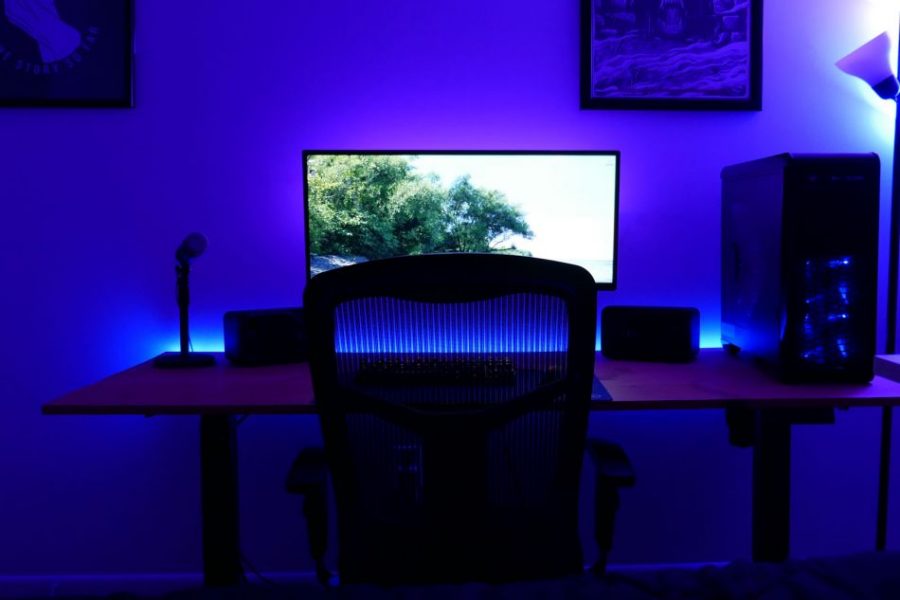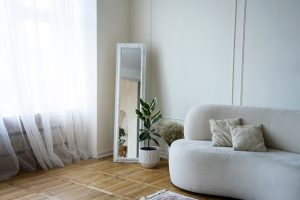5 Step Process To Setting Up RGB Wall Lights

5 Step Process To Setting Up RGB WallLights
Mood lights have become trendy today, especially for gamers and creators. RGB lights increase your room’s aesthetics, whether the living room or bedroom and produce a soothing and calm atmosphere. There is a process to set up RGB wall lights that you should consider. It includes:
Step 1: Consider The Type Of Wall Lights
RGB wall lights are categorized according to their density, colors, and size. If RGB is the wall light you want, decide if you wish RGB addressable or non-addressable. Addressable has multiple addresses and colors. They have different chips that make it easy to be triggered single at a time for color changing, strobing, and chasing. Non-addressable, on the other hand, can display red, green, blue, or the three of them and is driven using the power rails. The lights of the RGB non-addressable display a similar color at a particular point, and you can manipulate its color by varying the power voltage.
Based on size. The LED strips have several measures, such as 3014, 3528, and 5050. The numbers refer to the width and length of the LED chip.
Based on density. The LED strips have different thicknesses depending on their type. The density implies the number of LEDs contained on the trip.
LED wall lights are also found in types of waterproof and non-waterproof. Non-waterproof are lighter, fragile, and easier to install. Waterproof are more expensive but offer diffused light which has an appealing look.
Step 2: Joining The Strips Together
If the led strips are to cover the entire room, but you do not have a long strip, you can consider connecting the available strips. You can either solder them together or use a connector. Connectors do not always guarantee a good connection, so it’s better to fuse them together. If it is waterproof, attach the LED strips in the order of R, G, and B, followed by the +12V pads. You can then use tape to put them together and finish by applying flux on the pads.
Step 3: Connections
After connecting the LED strip well to the controller, the power supply is connected. Finish by combining the power supply to the AC mains through a switch, whether it is a temporary or permanent connection.
Step 4: Installation
Finish by installing the LED strips. Ensure you wipe off the surface you plan to stick the strips on with rubbing alcohol to make sure it has no grease or dust. Many LED strips contain adhesive tape on their back which eases the installation process. Remember to add an extra layer of adhesive to prevent the strips from weighing down and needing you to redo them. Place the IR receiver and controller at a close range so that it is easy to control using a remote.
Step 5: Testing
After you finish everything, you can try and test to see if it works. At this step, the lights should work, and the lights would definitely look better. For the long LED strips, you might have an issue with not having equal brightness at the end of the strip as compared to the beginning. You can choose to cut the LED strips into two or more pieces and then join them with a controller.






